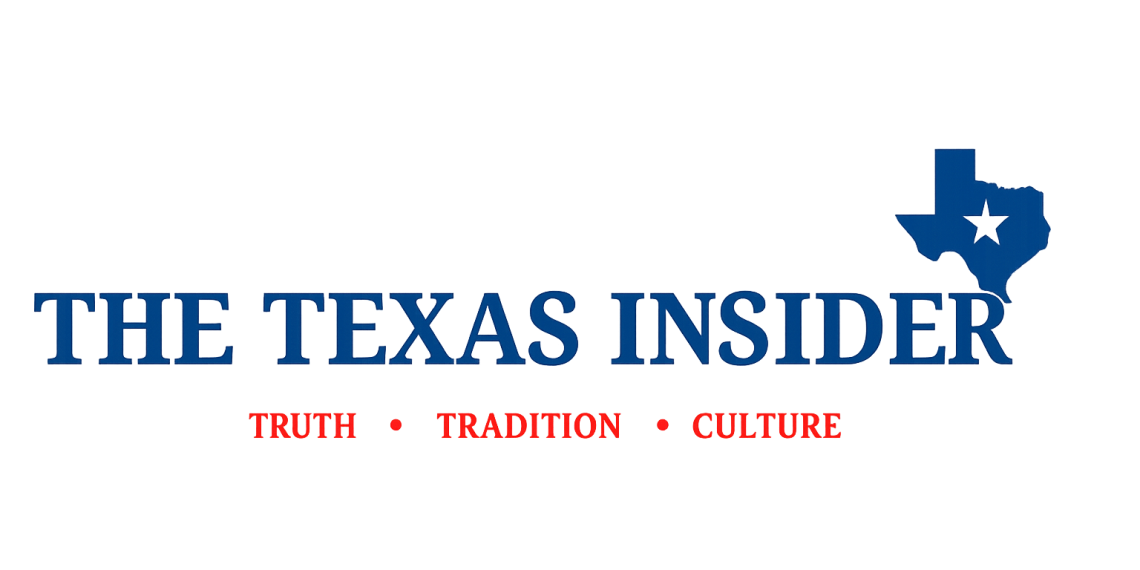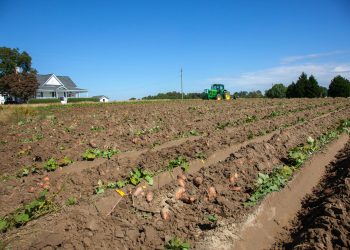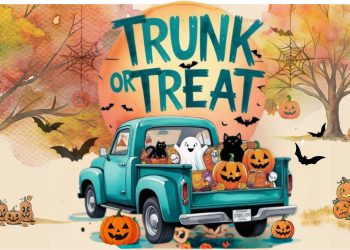Texas is coping with an issue that continues to grow daily, with the biggest feral hog population in the United States. It’s estimated that wild pigs cause an estimated $2.5 billion each year in agricultural damage in the U.S. alone. Researchers indicate that finding ways to mitigate feral hog overpopulation is complicated because these animals are compensatory breeders, similar to coyotes.
Their quick breeding capabilities coupled with a voracious appetite are proving to be a problem for agricultural life and native species. Feral hogs pose a threat to farming and ranching since they consume and uproot almost any type of crop, with common targets including corn, sugar cane, soybeans, oats, wheat, peanuts, and rice.
“Pigs compete with native wildlife for forage,” “They alter habitats, they foul the water sources. They prey on a lot of wildlife as well. Reptiles, ground-nesting birds, even fawns from deer can fall victim to feral hogs,” said Mike Bodenchuk, former state director of the Texas Wildlife Services Program in an MSN article.
The wild boar is a highly adaptable animal that has shown its ability to thrive in a variety of ranges both on the Eurasian continent and Americas. Pigs once brought here by early explorers were quickly able to establish self-sustaining populations.
Hardy Breeders
Feral hogs (also called wild hogs ) have a high rate of reproduction, with a young age at puberty, frequent breeding capabilities, and large litters. Females can reach sexual maturity anywhere from three months of age to a year old. The feral hog’s gestation period averages 112-120 days and they average four to six piglets but can have as many as 12. The oldest known feral sow was documented to breed up until 14 years of age.
The wild pig’s shorter gestation period and their ability to breed well into their teens ensure higher than usual production rates.
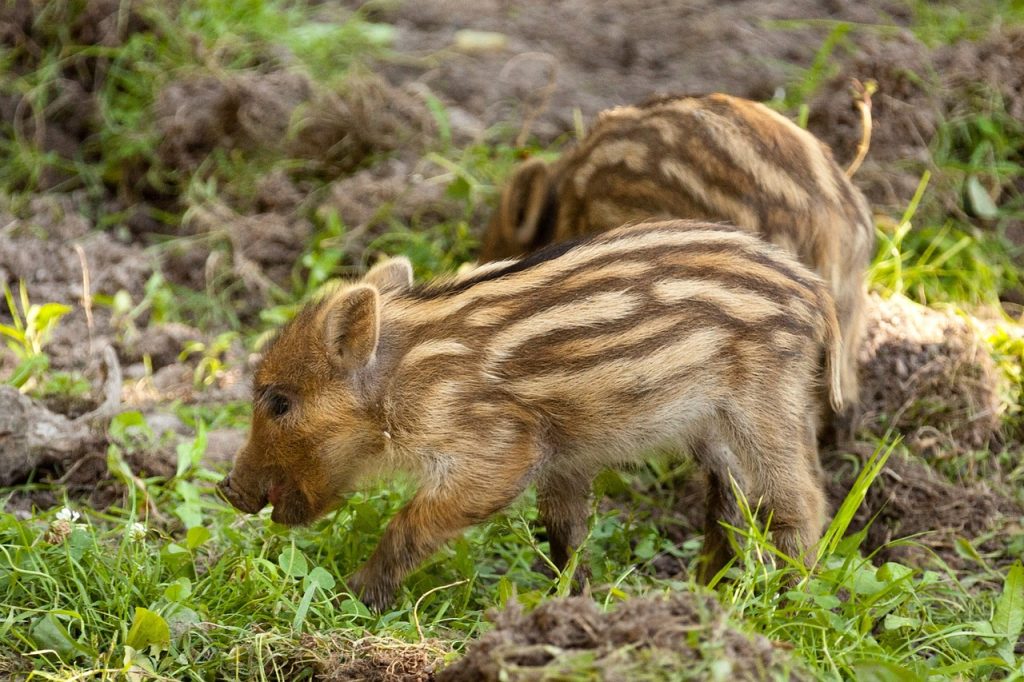
Mitigating the Feral Pig Population
Michael Bodenchuk has headed up multiple programs aimed at tackling the feral hog overpopulation issue.
The Texas Wildlife Services oversees the management of several species that have a negative impact on the state’s agricultural and livestock resources. Feral hogs quickly climbed to the top of that list with their rapid reproduction rate and lack of natural predators.
According to Texas Wildlife Services, there are over three million wild pigs in the state, which cause an excess of $500 million in property and crop damage each year. They tear down fencing, dig up crops, and introduce disease to livestock.
One of the more effective strategies is the smart trap loan program, which provides landowners with a trap they can use to capture wild pigs and remove them from the property. Other methods include exclusion fencing, bating, and traditional managed hunting.
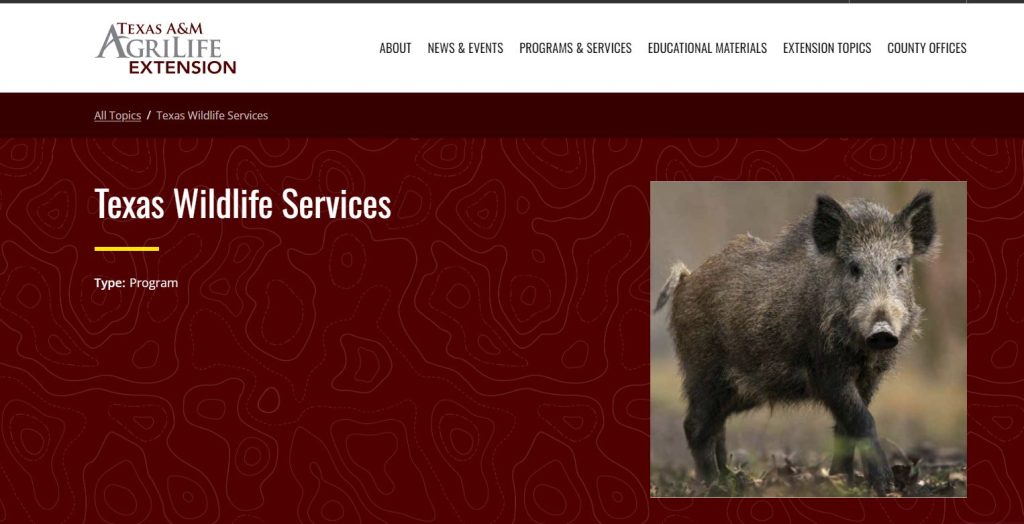
Colonization of Wild Pigs in North America
Wild boars originated in Island Southeast Asia but quickly expanded across the Eurasian supercontinent.
Domestication efforts of the Eurasian wild boar, as well as in China began almost 9,000 years ago. Domestication efforts in China were more similar to the domestic swine of today.
When Europeans began to explore the New World, one of the supplies they often brought included domestic pigs. Columbus’ second voyage in 1493 was one of the first documented cases where pigs were released on several Caribbean islands. Subsequent expeditions brought pigs as a food source and often left them behind for future expeditions.
One notable trip was Hernando De Soto’s expedition across the southeastern United States from Florida to Texas. Desoto’s expedition to Texas in 1542 can be credited with the feral pigs’ introduction into the state after loose pigs were left behind at multiple campsites. As a result, a feral pig population was established in areas of Texas
